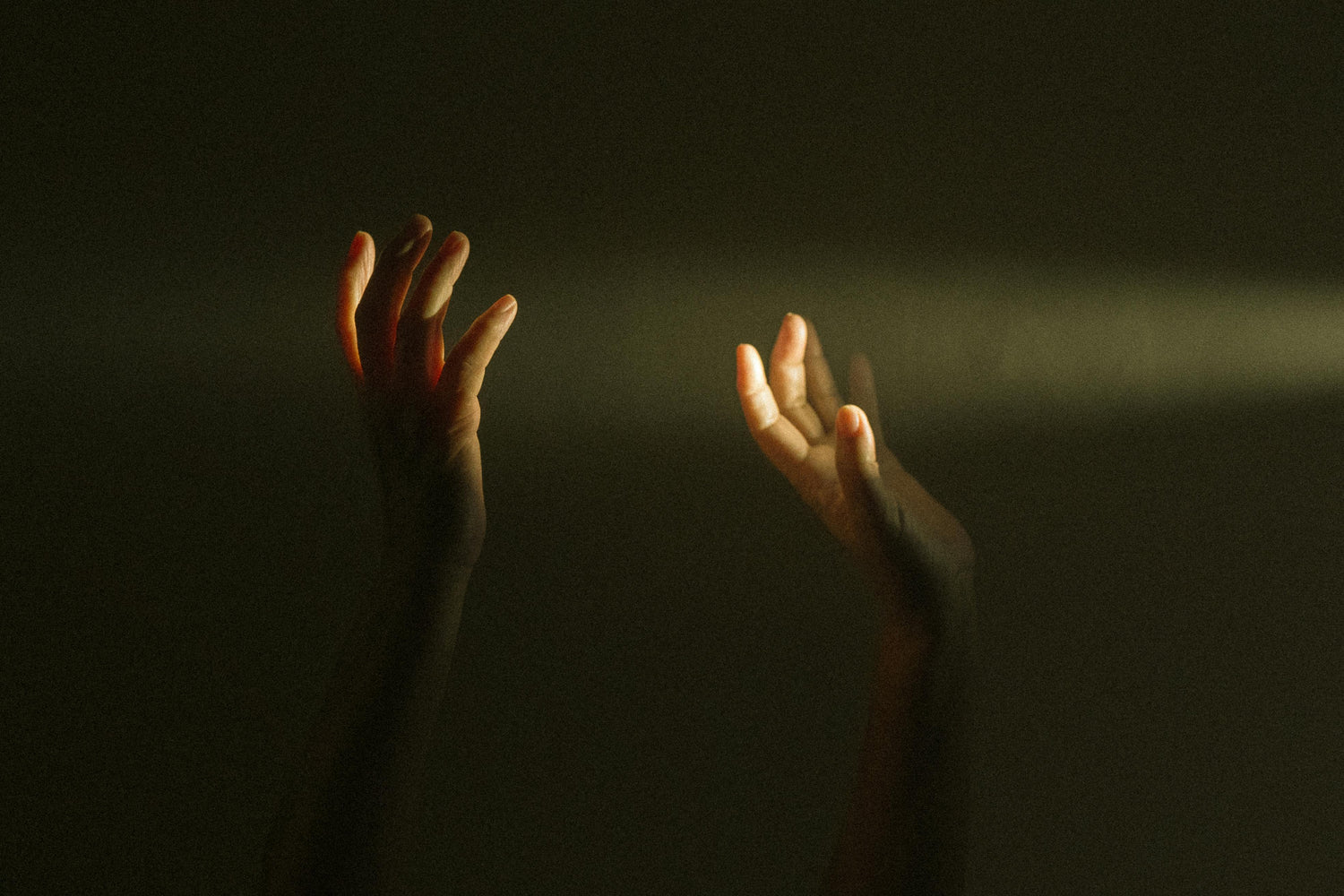When Old Wounds Start Whispering, Not Shouting
There comes a moment—often in the soft boredom of a Tuesday morning or the hush after an argument—when you realize you don’t ache quite like you used to. Maybe the old habits tug at you less. Perhaps the internal monologue that once echoed with doubt or defensiveness is quieter, less insistent. Healing, especially emotional healing, rarely arrives with fanfare. Most of us are bracing for thunder when all we get is the gentle weather of real change—uncertain, slow, and entirely human.
But here’s a truth as raw as it is hopeful: recognizing the signs you are healing emotionally is itself a kind of healing. It’s less about “being fixed,” more about glimpses of deeper alignment—a softening where you once felt armored, a steadiness in the place you once felt cracked.
What Does It Mean to Heal Emotionally?
To heal emotionally is not to erase the past or bypass pain. It’s the ongoing process of befriending your own experience, tending to psychological wounds born of trauma, loss, attachment ruptures, or simply growing up in a world that doesn’t always know how to love well.
Clinical psychology might reference terms like emotional regulation, boundaries, or the frameworks of CBT (Cognitive Behavioral Therapy). But at the core, emotional healing looks like this: you begin to respond to life with greater freedom, less tethered by old scripts or raw nerves. The trigger points still exist, but they don’t get the last word.
This isn’t about relentless positivity. It’s about developing the capacity to feel, process, and integrate emotion—becoming the kind of person who can hold emotional storms without being swept away. Healing brings a change in the stories we tell ourselves about love, security, worth, and identity.
How the Signs You Are Healing Emotionally Show Up in Everyday Life
Most people imagine emotional transformation as dramatic—tears, revelations, sweeping apologies. But you’ll often discover the signs you are healing emotionally in the little things, the unremarkable moments. These are some of the concrete ways healing quietly makes itself known:
-
You Pause Before Reacting: Where you might have snapped, sulked, or spiraled before, there is now a small, sacred pause. That gap is the fruit of emotional regulation and evidence of growing self-mastery.
-
Self-Talk Softens: The voice in your head is kinder—or at least less cruel. You notice when you’re judging yourself or anticipating abandonment, and sometimes you can self-soothe instead.
-
Reaching for Connection, Not Isolation: In the moments that hurt, you’re more likely to reach out to a friend, therapist, or community, even if it feels vulnerable.
-
Comfort With Uncertainty: Emotional healing often grows your tolerance for not knowing—accepting that life’s outcomes (and people’s intentions) are sometimes unclear, and that’s survivable.
-
Setting—and Respecting—Boundaries: You start saying no without the guilt hangover, or you notice when you need space and take it.
-
Apologies and Repairs Come Easier: You find yourself able to apologize or seek repair in relationships, not out of obligation or shame, but as a restorative choice.
-
Forgiveness (of Self and Others): There’s a new openness to forgive—not to condone but to unhook from stories and patterns that no longer serve.
Healing, in essence, reveals itself in these lived, emotional realities. The psychology lives in the details.
A Quiet Checklist
You might notice you’re healing if:
- You can witness a difficult memory and stay present.
- Your body feels less tense in everyday stress.
- You trust yourself to handle tough emotions without spiraling.
- Relationships feel less all-or-nothing; you see nuance more easily.
None of these are “all the time,” but the movement is real, and it grows over seasons.
Tools and Strategies to Deepen Emotional Healing
No one method fits all, but the most powerful tools for sustaining the signs you are healing emotionally tend to share a few characteristics: they build emotional intelligence, nurture internal safety, and foster genuine relationship with yourself.
1. Mindful Awareness.
Regular check-ins with yourself—through journaling, breathwork, or quiet moments—help you notice your own emotional landscape without immediate judgment or action. Mindfulness isn’t about never feeling bad; it’s about noticing sooner and responding more skillfully.
2. Boundaries as Self-Respect.
Consider boundaries not as walls, but as the architecture of trust and self-value. Practice articulating needs, even if your voice shakes at first. This is the soil where healthy identity and secure attachment take root.
3. Reframing Self-Talk.
Borrow wisdom from CBT: challenge pervasive narratives of unworthiness or doom. Offer yourself alternative truths: “I made a mistake” instead of “I am a mistake.” Over time, these shifts rewire both mood and self-perception.
4. Seek and Accept Support.
Healing is relational. Sometimes emotional healing requires being witnessed—by a therapist, trusted friend, or partner who can hold your experience without judgment. Vulnerability opens the door to safety and repair.
5. Movement and Embodiment.
Trauma and old emotions can live in the body. Gentle movement, stretching, dance, or trauma-informed yoga are ways to process stuck emotion and cultivate presence.
6. Name and Allow Your Feelings.
Don’t skip the vulnerable part. Naming what you feel (grief, anger, joy, shame) lessens its grip. Allowance, not avoidance, is the pathway to integration.
These strategies aren’t quick fixes. They’re practices—messy and nonlinear—requiring patience and compassion. But you’ll notice over months (or years) that your baseline is different. Safer. Kinder. More at home in your own life.
A Soft Invitation to Your Ongoing Healing
You may notice the signs you are healing emotionally when you least expect it—watching yourself comfort a friend without collapsing, savoring a quiet evening alone with less longing for escape, or inviting intimacy where you once only knew withdrawal.
Your wounds won’t ever fully disappear; they become part of your wisdom, not your identity’s limit. Healing is not a static state, but the act of reaching for aliveness—again and again—no matter how many times you have to begin.
There’s no universal template, no final arrival. What matters most isn’t how “healed” you are, but the honesty and warmth you bring to the process itself. You’re allowed to outgrow your old suffering, and to treasure each small milestone as proof: you are, in fact, changing.
So here’s to another day of showing up for your own becoming, however tender, unfinished, or quietly courageous it looks from the inside.
---






Leave a comment
This site is protected by hCaptcha and the hCaptcha Privacy Policy and Terms of Service apply.